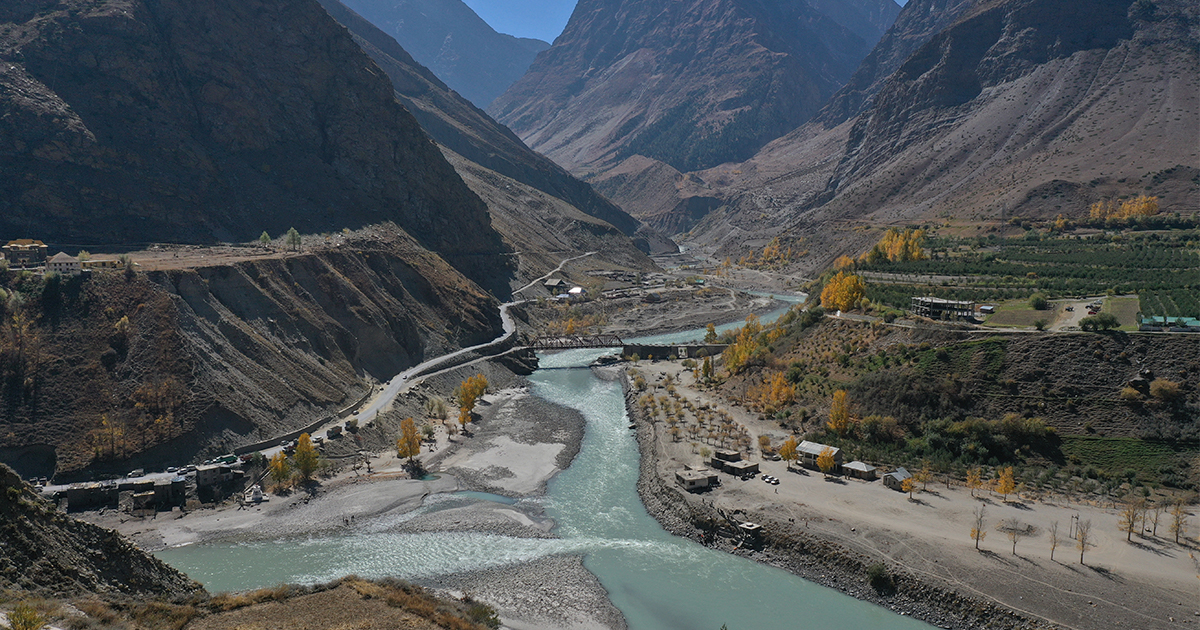Lahaul-Pangi Landscape and Kinnaur Landscape in Himachal Pradesh of the Trans-Himalayan region is globally significant higher altitude landscape. Its key attributes are: a) high altitude landscape, biological richness levels and biological diversity; b) Important wild life species including ibex, snow leopard, Himalayan thar, musk deer, black bear, brown bear and bharal. c) presence of globally threatened species of fauna and flora; d) Important birds’ species like the monal and koklas pheasants, Himalayan tragopan, snow peacock, snow pigeon and the chukor. The Saichu Tuan Nallah (named after the two main villages), is a notified wildlife sanctuary; e) grandeur and tribal majesty is the land locked valley; f) catchment of the important Himalayan river systems like Satluj river, Chenab River and Chandrabhaga river and g) strong trans boundary eco-cultural affinities.
As per the study it has been found that the Lahaul-Pangi landscape can be broadly divided into 3 categories based on the type of land cover it has. The first category comprises of area in the Pangi region which is dominated by dense vegetation of Cedrus deodara, Pine etc along with grasslands. The area from Miyar upto Khoksar and Gramphu comprises the second category dominated Grasslands and Barren land. At last the area from Gramphu towards Chandrataal and higher reaches of it are mostly Barren area with very small patches of vegetation in it. Thus, as we move downwards from Pangi to Chandrataal, the presence of green cover reduces consistently from dense tree cover to alpine pastures and grassland to completely Barren areas.
However, the existing planning and policy framework, as well as the institutional arrangements in Lahaul-Pangi Landscape and Kinnaur Landscape are inadequate to address biodiversity conservation from a landscape perspective. The present study uses extensive remote sensing and geographic information system database and field investigation for better understanding the dynamics of forest cover in the Lahaul-Pangi Landscape and Kinnaur Landscape in Himachal Pradesh. The results generated from this study can be used for formulating a better forest management plan which will be useful for multiple sector and stockholders. The outcome of this project will contribute significantly in improving the quality of the landscape for sustained flow of ecosystem services and maintenance of its biodiversity value in the Himalayan Ecosystem.




